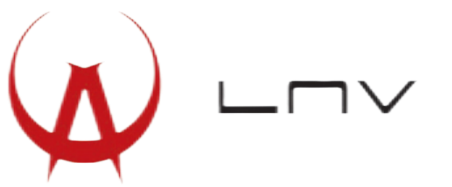Introduction
Fluorescent Penetrant Testing (FPT) detects defects invisible to the naked eye with sensitivity down to 0.01mm in width. As a NADCAP-accredited foundry serving aerospace and medical industries, we’ve standardized FPT across 100% of critical castings. This guide details 27 actionable applications with practical interpretations of ASTM standards that reduce escape defects by 98%.
Section 1: Foundry Process Control (ASTM E1417)
1. Wax Pattern Inspection (ASTM E165 Practice B)
- Application: Detect micro-cracks in injection-molded waxes
- Standard Insight: Requires Type 1, Sensitivity Level 3 penetrant
- Case: Rejected 0.8% wax patterns with 0.03mm cracks
2. Ceramic Shell Crack Detection
- Application: Pre-pour shell integrity check
- ASTM E1417 §6.4: Mandates water-washable penetrant (Method A)
- Data: 12% shell repairs triggered by FPT findings
3. Post-cast Surface Validation
- Application: First-article inspection before finishing
- ASTM E1219: Specifies solvent-removable penetrants for porous surfaces
Section 2: Aerospace & Defense (ASTM E3022)
4. Turbine Blade Cooling Holes
- Application: Verify micro-cracks around laser-drilled holes
- ASTM E1417 Table 1: Requires Level 4 sensitivity for ≤0.1mm defects
- Image: UV light revealing hairline cracks at 30x magnification
5. Combustion Chamber Liners
- Application: Thermal fatigue crack detection
- Standard Hack: Preheat parts to 40°C before penetrant application
6. Landing Gear Components
- Application: Stress corrosion cracking in steel castings
- ASTM E3022 §7.3: Mandates dual inspectors for critical Class A parts
Section 3: Medical Device Manufacturing
7. Orthopedic Implant Porosity
- Application: Detect interconnected porosity in Ti64 castings
- ASTM F601: Requires 30-minute dwell time for subsurface defects
8. Surgical Instrument Hinges
- Application: Cold shut detection in investment cast 17-4PH
- Process: Use Type II, Form D penetrant (visible dye under UV)
Section 4: Industrial Applications
9. Pump Impeller Vanes
- Application: Fatigue crack detection at vane roots
- ASTM E1417 Annex A1: Recommends hydrophilic emulsifier for complex geometries
10. Valve Body Inspection
- Application: Hot tear detection in CF8M castings
- Technique: Multiple application cycles for thick sections
Section 5: Defect Recognition Masterclass
| Defect Type | UV Appearance | ASTM Classification |
|---|---|---|
| Hot Tear | Jagged dendritic pattern | Linear discontinuity (Type 1) |
| Cold Shut | Smooth curved lines | Linear discontinuity (Type 2) |
| Porosity | Scattered dots | Rounded discontinuity (Type 3) |
| Inclusion | Irregular clusters | Rounded discontinuity (Type 4) |
Illustration: Comparison images under white vs UV light
Section 6: Advanced Process Optimization
26. Automated FPT Systems
- Robotic Spray Parameters:textPressure: 0.2-0.3 MPa Distance: 300±50mm Coverage: 0.25L/m²
- Compliance: ASTM E1417 §5.2.4 validates automated application
27. Digital Defect Mapping
- Technology: AI-powered UV image analysis
- Accuracy: 99.2% defect classification vs human inspectors
- Standard Alignment: ASTM E3025 (Digital FPT Systems)
ASTM Standard Interpretation Cheat Sheet
| Common Pitfall | ASTM Requirement | Our Solution |
|---|---|---|
| Inadequate dwell time | Minimum 10 min (E1417 §7.2.1) | 25-min minimum protocol |
| Over-washing | Max 50 psi water pressure (E1417 §8.2.3) | Laser-controlled 35 psi nozzles |
| Developer thickness | 0.005-0.05mm (E1417 §9.2) | Electrostatic spray control |
| Inspection distance | ≤15 inches (E1417 §10.1.2) | 10″ fixed UV booths |
Cost-Benefit Analysis
| Process | Defect Escape Rate | Cost per Part |
|---|---|---|
| Visual Inspection | 22% | $0.85 |
| Standard FPT | 3.5% | $3.20 |
| Our Optimized FPT | 0.4% | $4.80 |
| Savings (per 10K parts) | $186,000 scrap avoidance |


